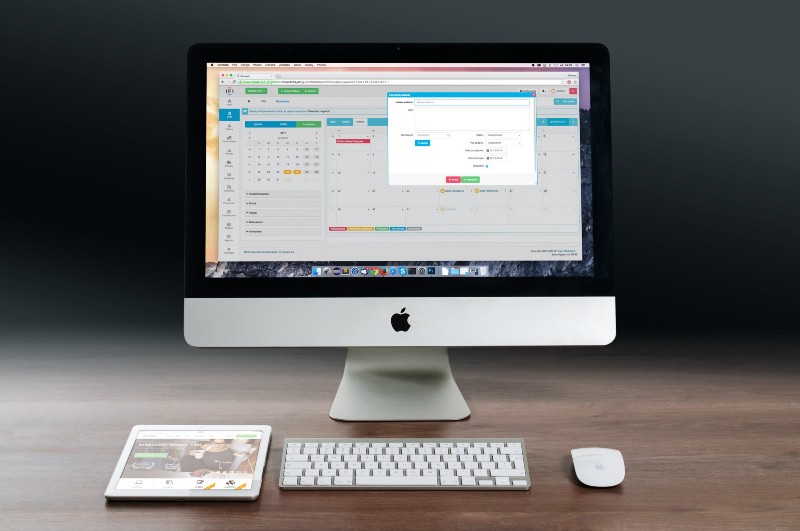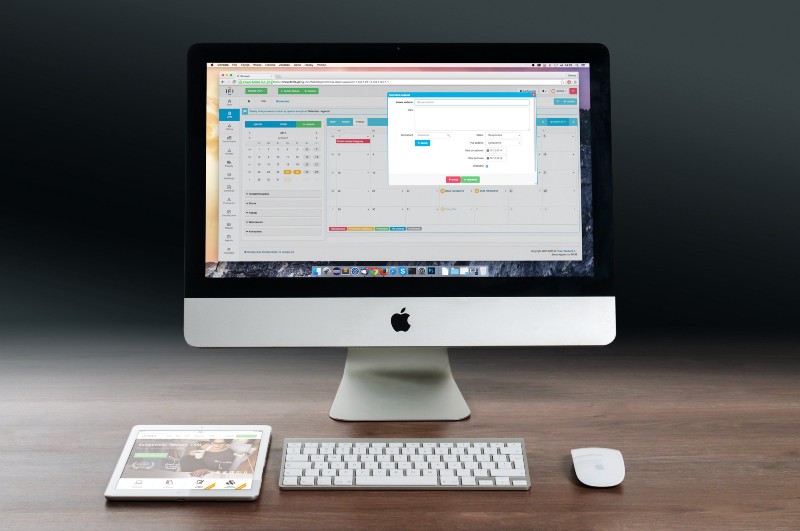by Andrea Zanin
Quick and painless automatic updates in Electron

Let’s face it: most users won’t go back to your site and download the updates for your brand new Electron app. Instead, you should put in place some kind of automatic update system.
Unfortunately, the online documentation for this is neither very easy to find nor follow. Here, I will guide you through a quick process to setup an auto-updater, using GitHub as a host.
Setting up the repository
To publish on your behalf, electron-builder needs a GitHub access token. If you don’t know what these are or how to create one, check out GitHub’s quick guide.
Electron-builder needs a token with access to the repo scope. Create one as described in the link, and copy it somewhere safe (you will only be shown the token once!).
Setting up the library
We are going to use electron-builder to package our app, so let’s start by installing it:
npm install electron-builder --save-devLet’s also install electron-updater to handle the automatic updates:
npm install electron-updater --saveThen, we need to configure our build. In the package.json add this snippet:
Let’s analyze this bit by bit:
- The
repositorylink is pretty self explanatory — just remember to replace it with yours! - The
buildscript will build your app locally, without publishing. - The
shipscript will build and publish your app.
Note for React developers: electron-builder and create-react-app have some conflicts by default. I created a generator that sets up an electron+react+electron-builder app with zero configuration needed. You can find it here.
Now create a file calledelectron-builder.yml with the following content:
- The
appIdis the name of your application in the Operating System register. You can choose it freely. - The
provideris the platform that will store your application’s installer. - The
tokenis the GitHub access token. Substitute it with the one you created earlier.
Remember to add this file to the .gitignore so that you don’t share your token with the whole world! ;)
Handling the update logic
Now we need to configure the update logic in our Electron app. Integrate this in your entry file (usually index.js or electron.js). If you are creating a brand new app, then you can simply copy-paste the code below:
IPC modules are the standard way to send messages between processes in Electron. You can learn more about them here.
The code is pretty self-explanatory and handles the Electron side of the update. Now we have to notify the user.
Here is an example of a HTML page. It displays a button whose caption is either “no updates ready” or “new version ready!”. When the button is clicked, a method is called which tells Electron to quit and install the new updates.
And finally, ship
When you are ready to publish, edit the version field in the package.jsonand run the following command:
npm run shipGo to your repository’s GitHub page and click ‘releases’ (it’s on the same line as ‘commits’ and ‘branch’). There, you will find a draft release. Click ‘edit’ and then ‘publish release’.
Don’t panic if the button shows “no updates ready” when you start the app. This will only change after it has finished downloading the new version.
If you want to use a functioning project to learn more and get started, you can clone this example repository.
If you found this article helpful, be sure to clap ?.
